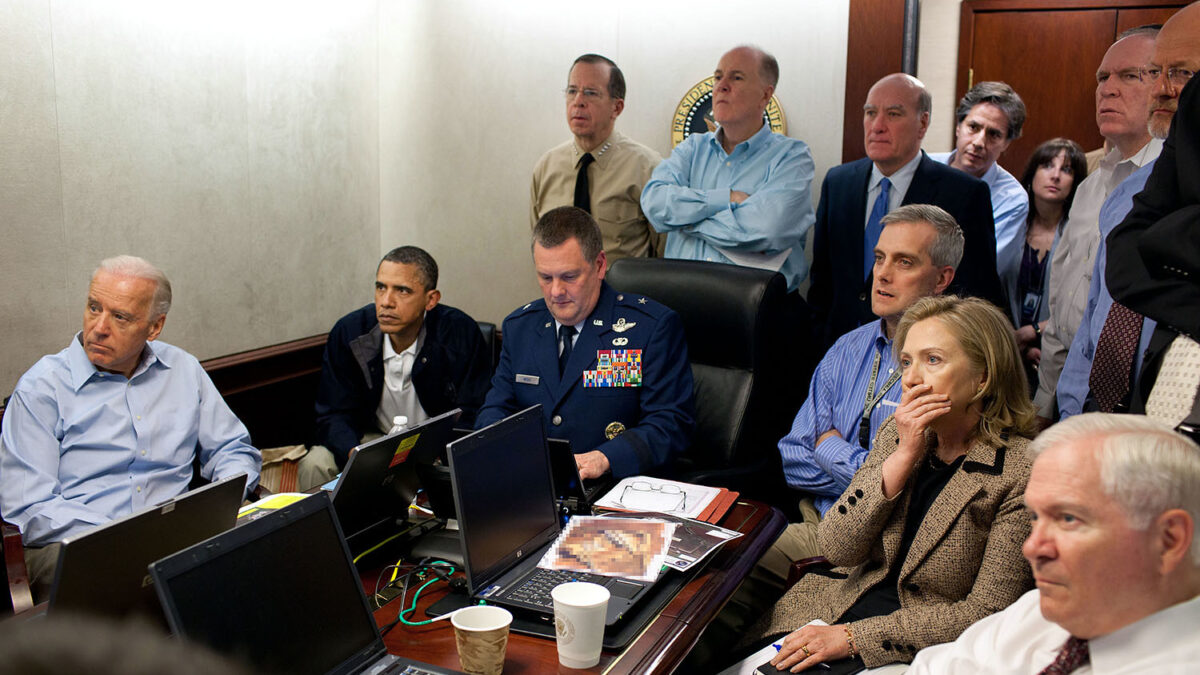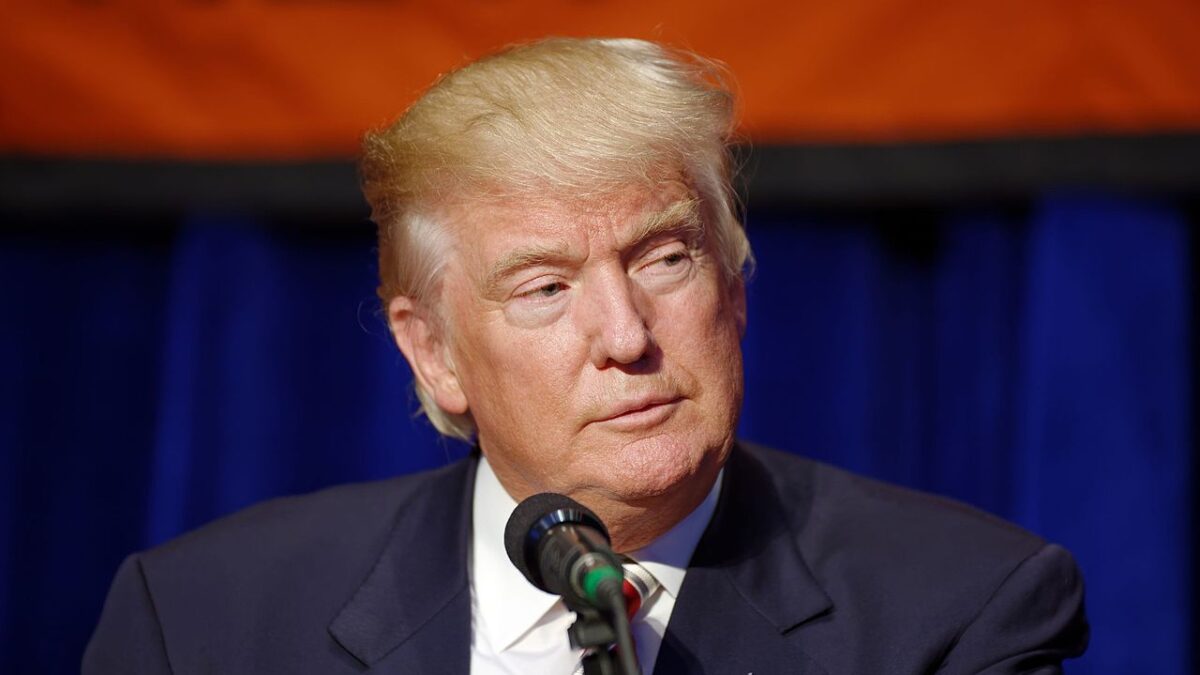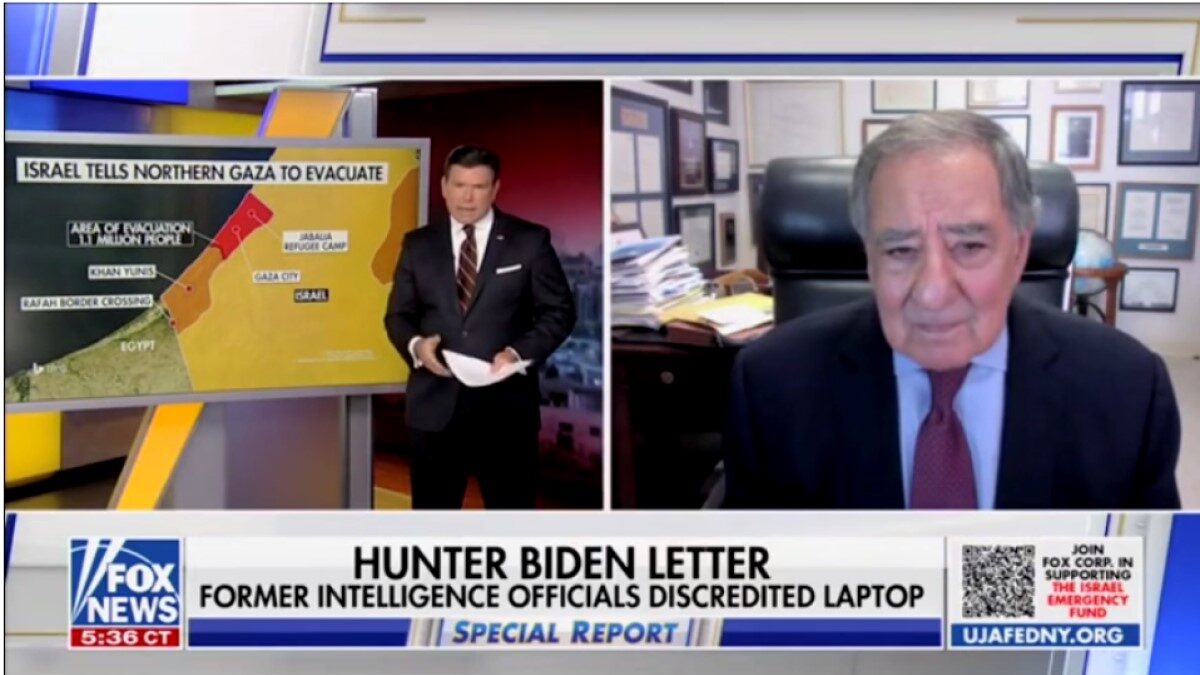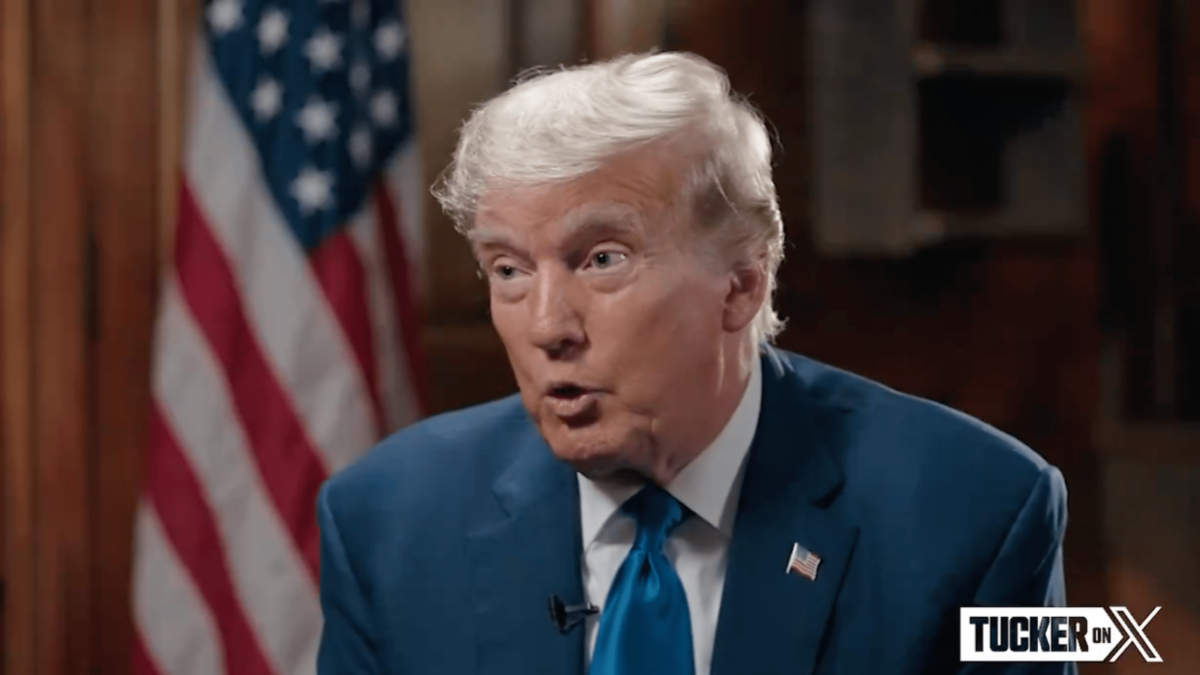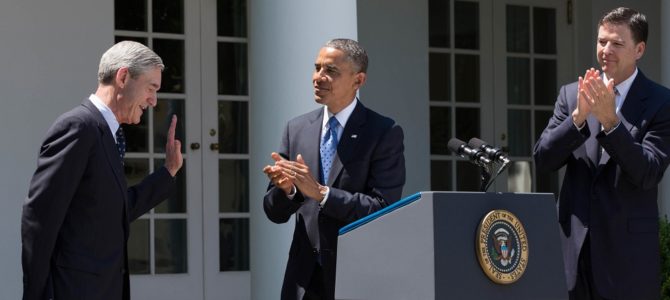
On Friday, the Department of Justice released newly declassified information from an inspector general report on Foreign Intelligence Surveillance Act (FISA) abuse, revealing for the first time that the FBI had received information indicating the Christopher Steele dossier contained Russian disinformation. The newly unredacted portions of the IG’s report also confirmed there was no “network of sources” backing up Steele’s reporting.
While both revelations provide further fodder for attacking the Carter Page surveillance proceedings, the significance is much greater: These facts establish the FBI used Russia’s meddling with the 2016 election as a pretext to investigate Donald Trump and the special counsel’s office was complicit in this ploy.
More than two months ago, Sens. Chuck Grassley and Ron Johnson dispatched a letter to William Barr requesting the attorney general declassify information and unredact information contained in four footnotes in Justice Department Inspector General Michael Horowitz’s 478-page report on FISA abuse. In their letter, the senators noted that they “[were] deeply concerned about certain information that remains classified.”
They added, “certain sections of the public version of the report are misleading because they are contradicted by relevant and probative classified information redacted in four footnotes.” Further, according to the Republican senators, “this classified information is significant not only because it contradicts key statements in a section of the report, but also because it provides insight essential for an accurate evaluation of the entire investigation.”
Three of These Footnotes Have been Released
Based on Attorney General William Barr’s finding that it is in the “public interest” to declassify the information, three of the four footnotes were released on Friday with “minimal redactions to protect national security interests.”
The fourth footnote, identified as footnote 342, “presents unique and significant concerns,” a letter accompanying the declassified footnotes explained, because it “refers to information received by a member of the Crossfire Hurricane team regarding possible previous attempts by a foreign government to penetrate and research a company or individuals associated with Christopher Steele.” While the Department of Justice left that footnote redacted in full, it noted that “a further declassification or summary substitution” may later be made.
The three Barr declassified were footnotes 302, 347, and 350. Footnote 302 concerned “Person 1,” who is widely reported to be Sergei Millian. Here is an excerpt of the relevant text of the IG report and a comparison of the footnote redactions:


From the additional information disclosed, footnote 302 now reveals that “Crossfire Hurricane team members and supervisors in early October 2016” had circulated a document stating that “Person 1 had historical contact with persons and entities suspected of being linked to [the Russian Intelligence Service] RIS.” “Person 1 ‘was rumored to be a former KGB/SVR officer,’” according to the document. Steele’s business partner, Glenn Simpson, had also “assessed that Person 1 was a RIS officer.”
These new details take on an oversized significance when read together with the information contained in footnote 350. Here is an excerpt of that relevant text, and a comparison of the footnote redactions:


As can be seen from a comparison of the footnotes, the original redaction created the impression that the details hidden in footnote 350 concerned Steele’s connection to various Russian oligarchs. But the declassification now reveals that the focus was on Russian disinformation.
Russian Disinformation Influenced FISA Warrant Basis
Specifically, the IG discovered that the Crossfire Hurricane team had received reporting “indicating the potential for Russian disinformation influencing Steele’s election reporting.” And in 2017, the Crossfire Hurricane team received a report highlighting Steele’s inaccurate reporting concerning activities of Michael Cohen.
The Crossfire Hurricane team was told that portion of Steele’s reporting was assessed to be “part of a Russian disinformation campaign to denigrate U.S. foreign relations.” A follow-up report, also from 2017, asserted that “public reporting about the details of Trump’s [redacted] activities in Moscow during a trip in 2013 were false, and that they were the product of RIS ‘infiltrat[ing] a source into the network’ of a [redacted] who compiled a dossier of information on Trump’s activities.”
The remaining redactions in footnote 350 leave unanswered the identity of the source of intel that informed the FBI of Russia’s purported disinformation campaign and the claimed RIS infiltration into the source of networks. But read together, footnotes 302 and 350 reveal that both members and supervisors of the Crossfire Hurricane team knew in early October of the possibility that the Steele dossier was Russian disinformation. Yet they continued to use the dossier as a basis to investigate the Trump campaign and failed to disclose those details to the FISA court.
The Inspector General Lied to Americans
Then, in 2017, after Americans had elected Trump president, the investigation continued, even though the Crossfire Hurricane team received multiple additional reports that Russia was engaged in a disinformation campaign. The IG report, however, hid those facts from the country, and instead portrayed the possibility of disinformation as merely a general risk—not one based on evidence and facts.
“We found that the FBI was aware of the potential for disinformation in the Steele election reporting and, in part to address that issue, made some effort to assess that possibility,” Horowitz’s report read. Horowitz added that “Steele told us that Russian intelligence is ‘sophisticated’ and relies on disinformation. He said it can involve ‘planted information,’ which he described as ‘controlled information,’ and that often the information is true but with ‘bits missing and changed.’” The IG then concluded that, “Steele told us that he had no evidence that his reporting was ‘polluted’ with Russian disinformation.”
But the declassified details show it was much more than a “potential for disinformation” of which the FBI was aware—it had received multiple reports that Steele’s reporting included Russia disinformation. The IG report obscured that reality, and in fact conveyed the impression that Russia disinformation was not in play, which is exactly why Grassley and Johnson sought declassification of the footnotes.
So Many More Questions Need Answering
With this information now public, questions abound: Did Russia actually feed Steele disinformation? Which Crossfire Hurricane team members and supervisors knew of the reports of Russia disinformation? Why did they ignore that potential?
Most significantly, why did Special Counsel Robert Mueller fail to investigate whether Russia interfered in the 2016 election by feeding Steele disinformation to launch an investigation into the Trump campaign?
Mueller spent more than two years and more than $30 million supposedly investigating Russia interference in the 2016 election, and not once in his 448-page opus did the special counsel mention an investigation into whether Russia interfered with the U.S. presidential election by feeding dossier author Steele disinformation. Logic alone should have prompted Mueller to investigate the possibility that Russia interfered in the 2016 election by feeding Steele disinformation because there were only two possibilities in play: Steele lied to the FBI about his sources or intel, or both; or Russia fed Steele disinformation.
But now we know that Mueller’s team had reports and evidence of a Russian disinformation campaign and ignored the question of whether Russia interfered in the 2016 election by feeding Steele fake intel, prompting an FBI investigation into the Trump presidential campaign. If it wasn’t clear before, it should be clear now: Mueller was either incompetent or a political hack—or both.
Lying to the Court to Obtain a Surveillance Order
While the revelations concerning a potential Russia disinformation campaign prove the most significant from the Friday release, the declassification in the third footnote adds another damning detail, both to the FISA process and to Horowitz’s report. As seen below, Horowitz reported that “[a]s noted in the first FISA application, Steele relied on a primary sub-source (Primary Sub-source) for information, and this Primary Sub-source used a network of sub-sources to gather the information that was relayed to Steele; Steele himself was not the originating source of any of the factual information in his reporting.”
But the declassified footnote contradicts the IG’s conclusion that “the Primary Sub-source used a network of sub-sources to gather the information that was relayed to Steele.” “When interviewed by the FBI,” the report reads, “the Primary Sub-source stated that he/she did not view his/her contacts as a network of sources,” but individuals “with whom he/she had conversations about current events and government relations.”


That Steele’s primary sub-source did not have a “network of sources” establishes two points. First, it hammers home the amount of deception used to obtain a FISA surveillance order on Carter Page. When the government presented its first application to the FISA court, the court’s legal advisor queried the National Security Division’s Office of Intelligence on the basis for Steele’s intel. How was it that Steele had a network of sub-sources, the FISA representative asked?
In response, the government told the FISA court that Steele had a network of sources in place based on his former work as British intelligence agent. But, as I explained previously, that was a misrepresentation because, as the IG report revealed in footnote 214, Steele had said that his “source network did not involve sources from his time as a [redacted] and was developed entirely in the period after he retired from government service.” (The redacted language undoubtedly referred to Steele’s work for MI6.)
But now we know that not only did the government misrepresent Steele’s “source network,” it misrepresented the existence of a primary sub-source “source network.”
This revelation has a second and broader implication than further evidence of FISA abuse: The complete lack of a “source network” undermines the entire basis for the Crossfire Hurricane investigation and the special counsel probe.
While team members and supervisors knew early that there was no source network, that Russian disinformation was potentially in play, and that there was no Russia collusion, rather than drop the investigation into candidate, and then president, Trump, they continued for more than two years to undermine the Trump administration. And as Friday’s declassification shows, the depth of the deception and the plot to take down the duly elected president is still not fully known.


